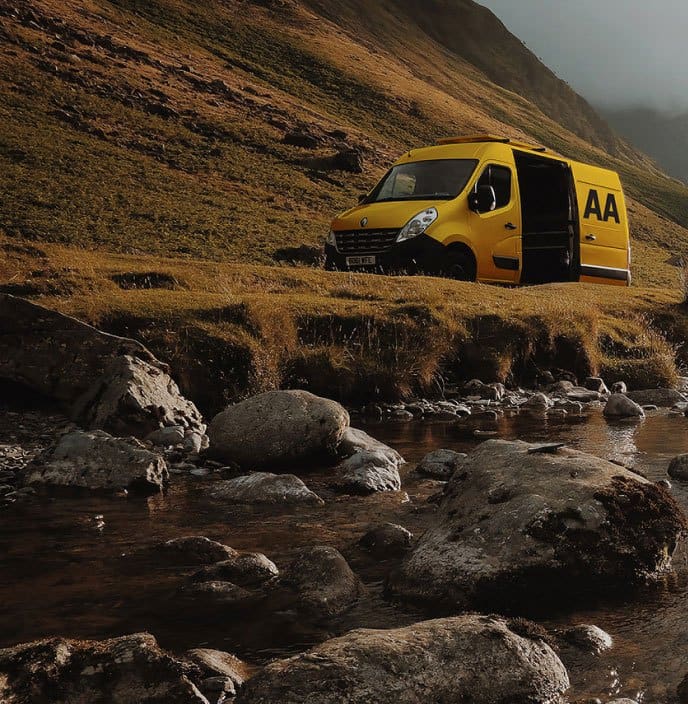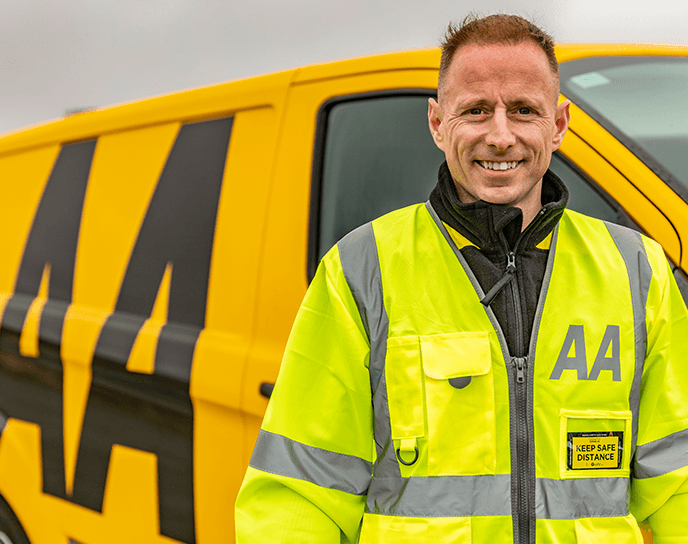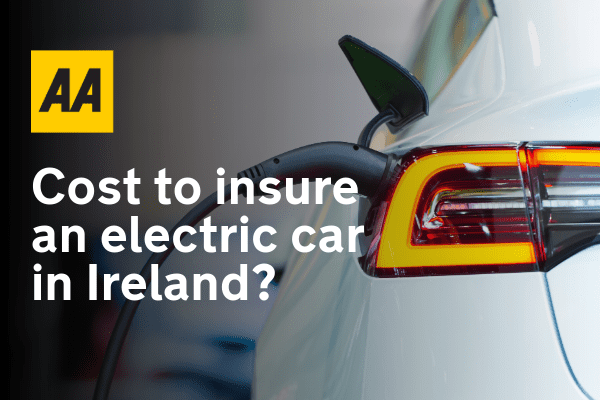5 Electric Vehicle buzzwords and concepts you need to know!
Battery Electric Vehicles (EVs) are getting more and more popular in Ireland, with over 50,000 now on Irish roads. Along with new drivetrains comes a load of new terminology. So we’ve gone through all the main buzzwords that EV drivers are using about their cars. Here are the Top 5 Buzzwords you need to know about so you don’t feel left out at the water cooler in the office ever again!
What is the difference between a kW and a kWh?
In a nutshell, a kW (kilowatt) is a measurement of power, and a kWh (kilowatt hour) is a measurement of energy (something you’d see on your electricity bill). kW is used to describe how fast a car is charging or how much power the motor can put out. A kWh is typically used to describe how much energy is in the battery. An example we are all familiar with is the trusty old domestic kettle, which will use about 2 or 3kW of power. If you are boiling that kettle for one hour constantly, then you have used 2 to 3-kilowatt hours of energy.
Most people are used to talking about litres and horsepower. You might hear someone saying that ‘my car is a 2 litre Diesel and has 180 horsepower’. These days you’re more likely to hear people say they have a 150kW motor. As with Petrol or Diesel cars, there is a huge variation in EVs. The Fiat 500e has an 87kW motor, whereas the Tesla Model 3 Performance has two motors with a total of 377kW!
kWh is used by EV drivers to talk about the size of the battery in the car. What they’re referring to is the amount of energy stored. So a car with a 50kWh usable battery would be able to turn out 10kW of power for a total of five hours before it is depleted. Petrol and Diesel drivers may talk about the size of the tank in litres and how many kilometres they get from it. EV drivers will talk about battery size and range. For example, ‘my Volkswagen iD.4 has a 77kWh battery and I normally get about 450km out of it.
What is Regen, or Regenerative Braking?
‘Regen’ is something that EV drivers love to talk about, and it makes a huge amount of sense as it takes back the energy that would otherwise be completely lost. The motor that is in the EV is able to generate power by slowing the car down. Essentially, it’s taking the kinetic energy of the moving vehicle and turning it into chemical energy stored in the battery.
When you lift your foot off the accelerator, the motor begins to slow the car down and recharge the battery. In a traditional combustion car, friction brakes clamp down on the brake discs to slow the car, with all of that precious energy being wasted. Regen braking in an EV harnesses a lot of that energy and puts it back into the battery. The level of Regen can be adjusted in EVs to suit the driver. So you can have very little Regen if you want, but some EVs go as far as being One Pedal Driving. This means that you will hardly ever need to press the brake pedal, apart from in emergency situations.
What is a BEV, PHEV or ICE car?
It used to be that a car was either Petrol or Diesel. These days, things are quite different and various acronyms are being flung at us from all angles.
BEV stands for Battery Electric Vehicle. These are cars that only move through the energy stored in the battery in the car. There are a number of battery chemistries used depending on the needs of the vehicle. Apart from some energy harnessed from Regen braking, you have to charge to car to get it to move.
PHEV stands for Plug-in Hybrid Electric Vehicle. These cars can be driven by the combustion (Petrol or Diesel) engine, the electric motor or a combination of both. You can fill up with fossil fuels and you can also plug in to charge up the battery. They have much smaller batteries than BEVs so will typically be limited to something like 30-70km of range.
ICE stands for Internal Combustion Engine, and generally refers to the standard Petrol and Diesel cars that we are familiar with.
The last category is non-plug-in hybrids such as soft hybrids or mild hybrids. It is not possible to plug in this type of car, so 100% of the distance covered by the car is ultimately from burning fuel in the engine. They have very small motors, with minimal acceleration ability and low top speeds. They also have very small batteries that are not generally capable of moving the car more than one or two kilometres on the flat.
Charging – How to do it and how long does it take?
It used to be that when you needed to refuel your car, you would drive to the forecourt and fill up with either Petrol or Diesel. With EVs, the situation is very different, and it can be a daunting thought to many people. So we’ve broken down the basic terminology for you here:
AC stands for Alternating Current. In general, slower AC charging is done at about 7kW to 11kW, typically at home or car parks with a dedicated charge point. You could also plug your EV into a general domestic socket and draw about 2kW, similar to your kettle, but this is not recommended unless necessary.
DC stands for Direct Current. This is typically done on much faster units of 50kW and above. Older EVs such as the Nissan LEAF drew up to about 48kW, but some modern EVs such as the Lucid Air, Hummer EV and Rimac Nevera can draw above 300kW!
People with driveways or allocated parking in an apartment will typically plug in at night and pay domestic rates. Those without driveways or those on longer journeys can use the public network. How and when an EV driver charges their car depends on their lifestyle.
How much Range does an EV have?
Asking how much range is in an EV is a bit like asking how long is a piece of string. The range of an EV depends on the size of the battery, and how efficiently the car uses that energy. A large SUV will have a lower range than an aerodynamic car with the same battery size.
The WLTP test cycle is the standard used to determine the range of any given EV. WLTP stands for Worldwide Harmonised Lightweight Vehicle Test Procedure. The car goes through a series of tests to determine how far it will go using the energy stored in its battery. For example, the Mazda MX-30 has a WLTP range 200km from a 30kWh battery. The Tesla Model 3 Long Range has a WLTP range of 614km from a 75kWh battery.
It is important to remember that the WLTP test cycle is known for being ambitious. Although possible to sometimes exceed the WLTP range of a car, you will not get those figures in general. So many EV drivers refer to a real world range figure. For example, although the Tesla Model 3 is capable of doing over 600km on a charge, something more like 450-500km is realistic. As with Petrol, Diesel and hybrids, the range of an EV depends in most part on the conditions in which you drive.
That’ll do it!
Hopefully you learned a little bit about some of the basic terminology and buzzwords used by EV drivers. It’s a whole new world when it comes to electric motoring! We will be going into much more detail in some videos on our YouTube channel so keep an eye out there.
And remember…Yellow and Black have got your back when it comes to your EV. With AA Membership, problems like being stuck on the side of a road because you’ve run out of range don’t have to happen. Join AA Membership today.










